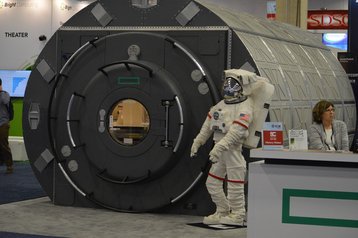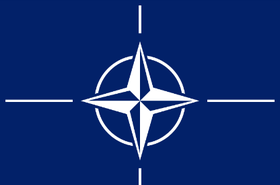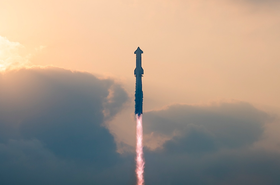Next week, should launch conditions prove favorable, a 2U server rack will be sent to the International Space Station (ISS).
The system is the latest iteration of HPE's Spaceborne Computer, which has been sent to the ISS on two previous occasions.
NASA, Northrop Grumman, and SpaceX are currently targeting a rocket launch on Monday, January 29. The NG-20 mission will deliver NASA science investigations, supplies, and equipment to the ISS onboard a Northrop Grumman Cygnus cargo spaceship.
Among the payloads will be an updated version of the Spaceborne Computer-2, which previously set off for the ISS from February 20, 2021, and returned on January 11, 2023. The first Spaceborne was sent up on August 14, 2017, and came back to Earth on June 4, 2019.
This system is still known as -2, with only some aspects upgraded rather than a complete overhaul. HPE declined to disclose the changes, with an official announcement planned next month.
The main system is still a 2U HPE Edgeline EL4000, with a single x86 CPU and a single GPU, and an HPE DL360 Gen10 server with two x86 servers, publicly available information reveals. Update: The new version will feature add additional flash memory storage from Kioxia to test storage and recovery on long-term space missions.
The updated system has now been tested by HPE and turned over to NASA, project head Dr. Mark Fernandez said on LinkedIn.
"You’ll never guess the number of re-boots required by Spaceborne Computer to get to turnover," Dr. Fernandez said. "Last I checked, it was a frightening 98 times. I predict more reboots were on the 10-month journey to turnover than we will have during Spaceborne Computer’s entire mission!"
He added: "Sending a common Cat6 Ethernet cable to the ISS along with Spaceborne Computer should be a no-brainer, right? It is easier for me to do my taxes. And have you ever considered your server’s possible magnet effects on a Russian spacecraft?
"These are just a few of the 516 NASA requirements that were addressed before we were allowed to 'turnover' Spaceborne Computer to NASA."







